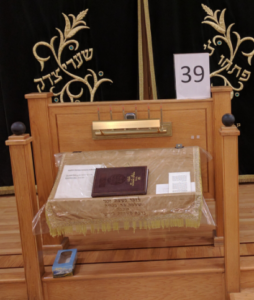It’s mid August, a time when many families’ thoughts turn to their summer vacations. A few years back I took my two youngest to Lake George for a few days. A key factor was that there was a minyan. I can still clearly picture arriving at the minyan tent a little early and seeing a group of ten Sefardi men and teens gathered and saying Selichos, as is their minhag to start from the 2nd day of Elul.
The juxtaposition of August and Elul is striking and holds an important message. Judaism permits, and often encourages, man to partake of the pleasures of the world, but it’s with perspective. The summer months provide fun weather, fun places, fun food and free time to enjoy it all. Then after a few weeks the Shofar and Selichos of Elul arrives. It’s a call for perspective.
Man has four primary pursuits. The pursuit of pleasure, happiness, meaning and purpose. They’re all important, but Judaism places the highest priority on purpose. Why are we here? What happens after we die? Our purpose is to develop an awareness, a relationship, and a connection to Hashem, and that connection lasts for all eternity.
August begins with our pursuit of pleasure, perhaps the most self-centered of the four primary pursuits. August begins with the aleph of ani, the aleph of “I”. And then comes Elul, and the aleph of Elul. The aleph of Ani L’dodi V’dodi Li. We take the aleph of “I” and we turn towards Hashem as we start to prepare for the most purposeful oriented days of the year. It’s truly amazing how we have the opportunity to take the aleph and pleasure of August and transform into the aleph and purpose of Elul.
Have a Gut Chodesh Elul!

